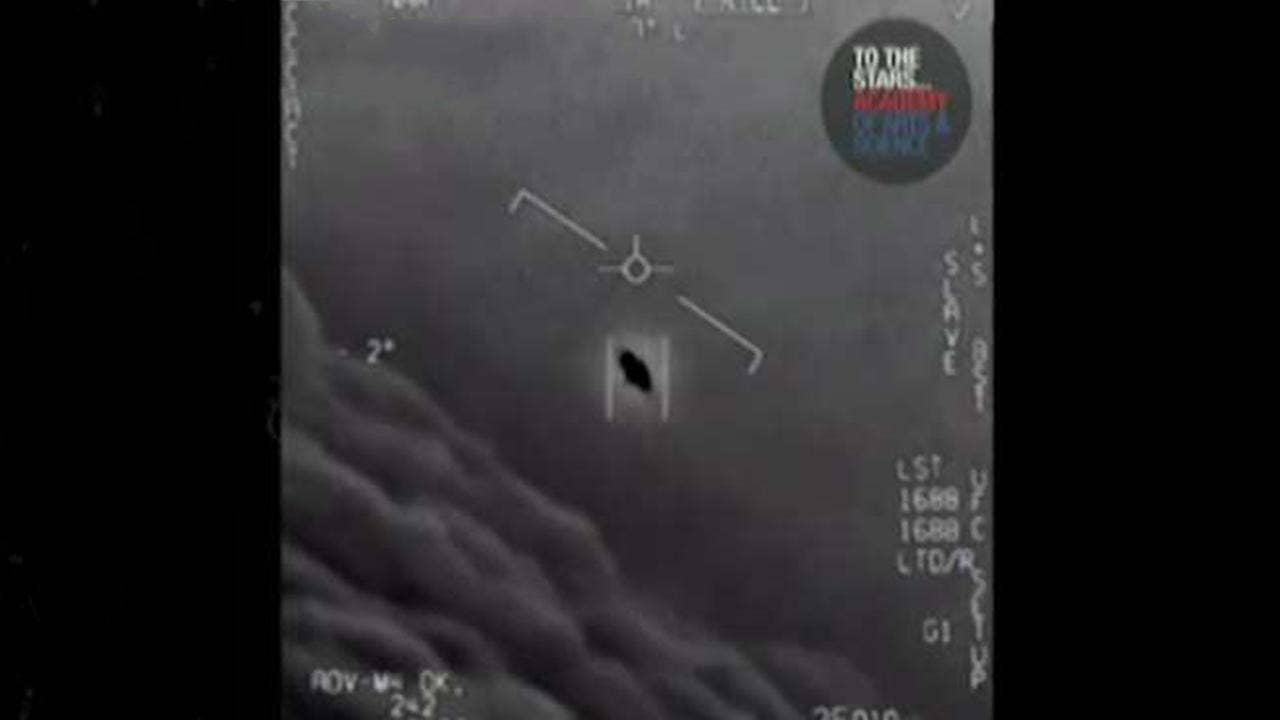k01
PR Elite
Betting the Bank on it:
Project: BREAKTHROUGH LISTEN
https://breakthroughinitiatives.org/
from Wikipedia:
Breakthrough Listen
Breakthrough Listen is a project to search for intelligent extraterrestrial communications in the Universe.[1][2] With $100 million in funding and thousands of hours of dedicated telescope time on state-of-the-art facilities,[3] it is the most comprehensive search for alien communications to date.[1][2] The project began in January 2016, and is expected to continue for 10 years.[4] It is a component of Yuri Milner's Breakthrough Initiatives program. The science program for Breakthrough Listen is based at Berkeley SETI Research Center,[5][6] located in the Astronomy Department[7] at the University of California, Berkeley.
The project uses radio wave observations from the Green Bank Observatory and the Parkes Observatory, and visible light observations from the Automated Planet Finder.[8] Targets for the project include one million nearby stars and the centers of 100 galaxies. All data generated from the project are available to the public, and SETI@Home is used for some of the data analysis. The first results were published in April 2017, with further updates expected every 6 months.[6]
Overview[edit]
The project aims to discover signs of extraterrestrial civilizations by searching stars and galaxies for radio signals and laser transmissions. The search for radio signals is carried out on the Green Bank Telescope in the Northern Hemisphere and the Parkes Telescope in the Southern Hemisphere. The Green Bank Telescope is the world's largest steerable radio telescope, and the Parkes Telescope is the second largest telescope in the Southern Hemisphere.[9][10]
Together, the radio telescopes will cover ten times more sky than previous searches and scan the entire 1-to-10 GHz range, the so-called "quiet zone" in the spectrum where radio waves are unobscured by cosmic sources or Earth's atmosphere.[11]
The radio telescopes are sensitive enough to detect "Earth-leakage" levels of radio transmission from stars within 5 parsecs,[4] and can detect a transmitter of the same power as a common aircraft radar from the 1,000 nearest stars.[12] The Green Bank Telescope began operations in January 2016, with the Parkes Telescope due to join it in October 2016.[4] The FAST radiotelescope in China also joined forces in October 2016 with the Breakthrough Initiatives to launch a coordinated search, including the rapid sharing of promising new signals for additional observation and analysis.[13]
The search for optical laser transmissions is carried out by the Automated Planet Finder of Lick Observatory.[14] The telescope has the sensitivity to detect a 100 watt laser from a star 25 trillion miles (4.25 light years) away.[12]
And why are they going to communicate in radio waves or laser? Big bucks to some of course but always seemed rather hubris endeavors...
Last edited:






